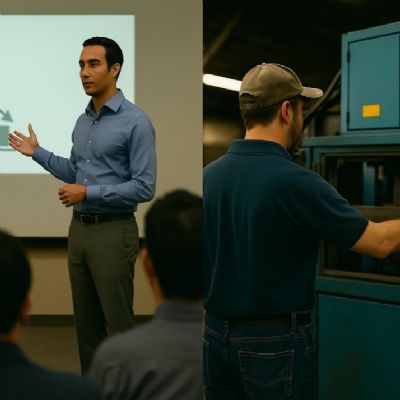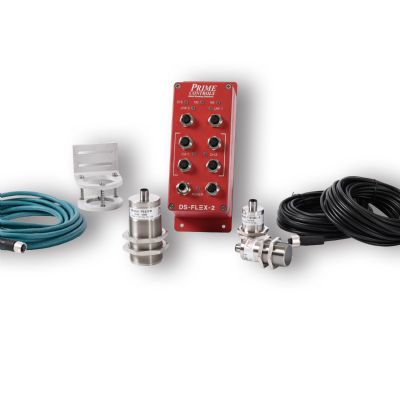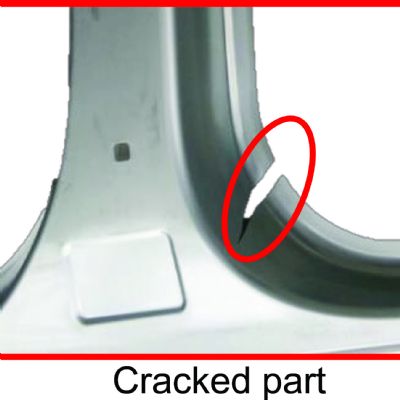Why Sensors Are Not Enough
December 1, 2011Comments
I met recently with a plant manager, where we discussed the need for skilled die setters and why sensors could not satisfy that need. This manager, not originally from the stamping industry, could not understand why a die could not be sensored enough to ensure proper die setting. He believed that anyone could set a die if provided adequate basic instructions, and that electronic in-die sensors would catch any deviations.
Needless to say, I was appalled at having untrained personnel setting up dies, much less relying on sensors to patrol their work. I explained to this manager that sensors have no intelligence; they merely detect targets at a given point in space. Die-protection controls are not much more intelligent, as they simply compare the signals from the press and the position of the crank to a preprogrammed set of expectations, such as: Sensor number one should turn on at 198 deg. and sensor number two should turn off at 25 deg., and so on.
Neither the sensors nor their control system understand the requirements of a die setup. A good setter should thoroughly understand the relationships between stock thickness and hardness, material feed accuracy, proper shut-height adjustments and lubrication, and other parameters as they relate to the forming of a good part. Electronic sensors and their respective controls cannot think in this manner—not at all.
Electronic sensors patrol only a small fraction of what can go wrong during a stamping process. Also, sensors and their respective timing windows can be tampered with, particularly when mounted out in the open. For these reasons, it is not realistic to rely on sensors to ensure a good setup.
I also explained to the plant manager that electronic sensors are put in place to detect unexpected variations by the strip/blank or the tooling, to ensure that a die will not crash or make a bad part. However, the dozen or so areas that are patrolled by the sensors cannot possibly be correlated to all setup issues. The best shops have well-trained setters coupled to very good sensor installations within their tooling. This partnership cannot be tampered with, as one needs a balance between pressroom skill sets and technology.
For example, if shut height is incorrectly adjusted and the die closes beyond its required setpoint, a metalformer can expect compromised part quality or shortened die life. In this scenario, stripper sensors could function properly, as could feed and part-out sensors. Sensors monitoring complex motions such as cam returns also could report that all is well. All of these sensors could be blind to the fact that the upper die was closing down too far on top of the strip.
There are many such situations where a good setter needs to make the proper setup adjustments, irrespective and independently of the sensors within the die. Another good example is the proper distribution of lubricant within a die. The type and viscosity of the lube must match the type of work being performed. Applying the lubricant typically involves precision settings, often made by the die setter. An oil-pressure or oil-level sensor cannot know that the nozzles downstream from the lube tubing may be pointed in the wrong direction. All that these sensors sense and report is adequate pressure and oil level; never mind that the oil is being sprayed unto the back wall behind the press.
Summarizing for the plant manager, I restated that it is impossible to fully patrol for common-sense and die-setter skills with electronic sensors. Please, I told him, couple your use of electronic sensors with sound die-setter training. MFView Glossary of Metalforming Terms
Technologies: Pressroom Automation, Sensing/Electronics/IOT
Comments
Must be logged in to post a comment. Sign in or Create an Account
There are no comments posted. Sensing/Electronics/IOT
Sensing/Electronics/IOTEliminating Pressroom Waste—One Walk at a Time
Manuel Resendes June 10, 2025
Press Controls and Sensors Series Part 4: Die-Protection Tro...
Jim Finnerty February 9, 2025








